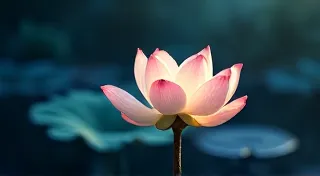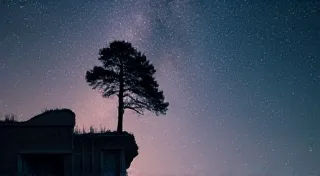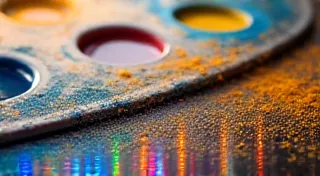The Celestial Palette: Harnessing Filters for Artistic Expression
There’s a peculiar resonance, a shared sensitivity to nuance and detail, that binds the realms of antique accordion restoration and astrophotography. Both demand patience, an appreciation for the subtle dance of light, and a profound respect for craftsmanship long past. I recall the first time I held a Hohner Majestic, a bellows instrument from the 1920s. The wood felt warm, oiled with generations of hands, the keys worn smooth by countless melodies. It wasn't just an instrument; it was a vessel for stories, for emotions, a tangible connection to a time when music was a communal experience. Similarly, capturing the faint glow of a distant nebula feels less like photography and more like uncovering a forgotten narrative etched into the cosmos.
My initial forays into astrophotography, like many, were frustrated by the pervasive glow of light pollution. City skies, no matter how far you drive, carry a haze of artificial light that washes out the faintest celestial details. It felt like trying to appreciate a delicate watercolor painting under a harsh floodlight. The stars were there, yes, but their character, their individuality, were lost in the glare. Then I learned about filters. Suddenly, a new dimension opened up, allowing me to shape the light itself.
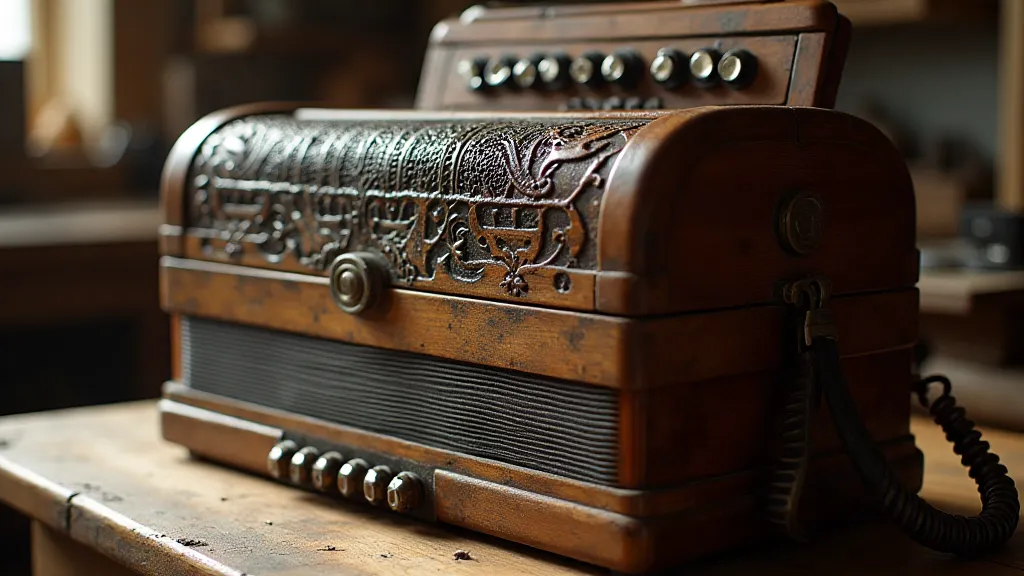
Understanding Light Pollution Filters: Reclaiming the Night
Light pollution filters, often referred to as UHC (Ultra High Contrast) or CLS (City Light Suppression) filters, are your first line of defense. They work by selectively reducing the wavelengths of light most commonly associated with artificial sources – sodium vapor lamps, mercury lamps, and LEDs. Essentially, they dim the orange and yellow hues that dominate polluted skies, allowing the fainter, bluer light emitted by nebulae and galaxies to shine through. The effect isn’t magic; it doesn't *eliminate* light pollution, but it significantly improves contrast, revealing details you simply wouldn’t see otherwise.
Think of it as selectively tuning a radio receiver. The sky is filled with a cacophony of electromagnetic signals; light pollution filters allow you to focus on the specific frequencies carrying the cosmic information you want to capture. Early light pollution filters were often quite harsh, creating overly saturated and unnatural-looking images. Modern designs are considerably more refined, offering a more subtle and pleasing aesthetic. Experimentation is key; different filters will yield different results, depending on the severity of your light pollution and the objects you’re photographing.
Delving into Narrowband Filters: Unveiling the Invisible
Beyond light pollution filters lies the world of narrowband filters. These aren't just about reducing unwanted light; they're about isolating specific emission lines – incredibly narrow bands of light emitted by ionized gases. The most popular narrowband filters target Hydrogen-alpha (Hα), Oxygen III (OIII), and Sulfur II (SII). Each of these lines corresponds to a different element and reveals unique features within nebulae.
Hα, for example, is primarily emitted by hydrogen gas and is a key indicator of star formation. OIII light comes from doubly ionized oxygen, often found in hot, ionized gas. SII reveals sulfur, often associated with shock-ionized regions – areas where gas is being compressed, possibly due to a supernova explosion. By capturing these different wavelengths individually, you can create composite images – "Hubble palettes" – that showcase the nebula’s structure in unprecedented detail.
This process is akin to meticulously restoring an antique accordion. Imagine the bellows were originally painted in several colors, but decades of dust and grime have obscured them. You wouldn't simply scrub away the dirt; you're painstakingly cleaning each layer, revealing the original colors and patterns. Similarly, narrowband imaging requires careful planning and processing. Each sub-exposure (individual image taken) must be carefully calibrated and combined to create the final, vibrant result.
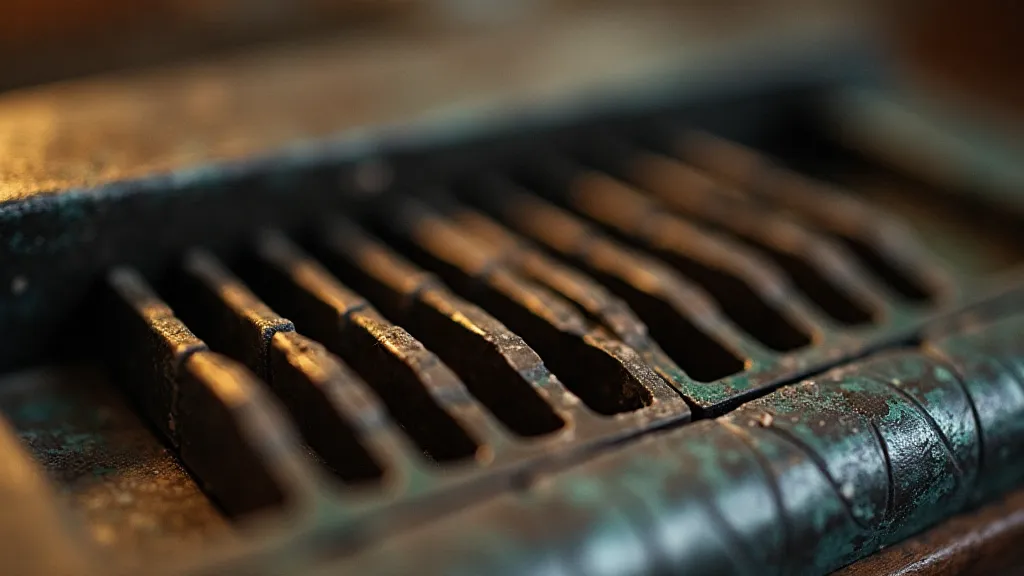
Creative Applications: Beyond the Standard Palette
While the standard RGB (Red, Green, Blue) and Hubble palette (using Hα, OIII, and SII) are popular choices, there’s immense creative potential in exploring other combinations. Think about blending different narrowband filters to create entirely new color representations of nebulae. You could, for instance, combine Hα and OIII to highlight star-forming regions while preserving the overall structure revealed by SII. Or experiment with layering light pollution filters to fine-tune the contrast and aesthetics of your images.
The beauty of astrophotography, like the appreciation for a well-restored antique accordion, lies in the details. It’s about noticing the subtle variations in tone, the delicate textures, the stories embedded within the subject. It demands a mindful approach, a willingness to experiment, and a deep respect for the processes involved. Just as a master accordion repairman understands the nuances of wood, leather, and metal, the astrophotographer learns to interpret the whispers of the cosmos, shaping the light to reveal its hidden wonders.
Choosing the Right Filters: Considerations and Recommendations
Selecting the right filters can be overwhelming, especially for beginners. Factors like your budget, the level of light pollution in your area, and the types of objects you want to photograph will all influence your choices. Entry-level light pollution filters are relatively inexpensive and can offer significant improvements in contrast. Narrowband filters are a more significant investment, but the results can be transformative. Consider starting with an Hα filter, as it’s commonly used and relatively easy to process.
Don't be afraid to seek advice from experienced astrophotographers. Online forums and communities are invaluable resources for learning about different filters and processing techniques. And remember, there’s no right or wrong way to approach astrophotography. Experimentation is key to finding your own unique style and expressing your own artistic vision. Just as each restored antique accordion possesses its own individual charm and character, so too will each astrophotographer develop their own distinct approach to capturing the beauty of the night sky.
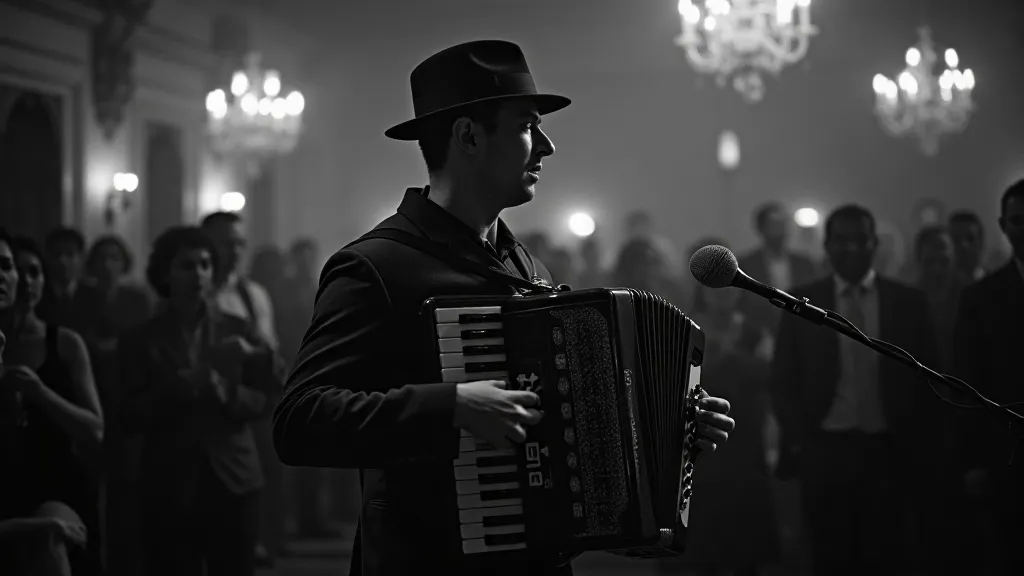
Ultimately, harnessing filters in astrophotography is about more than just technical proficiency. It's about cultivating a deeper connection to the universe and finding beauty in the faintest of lights. It's about appreciating the artistry of the cosmos and sharing that wonder with others.

